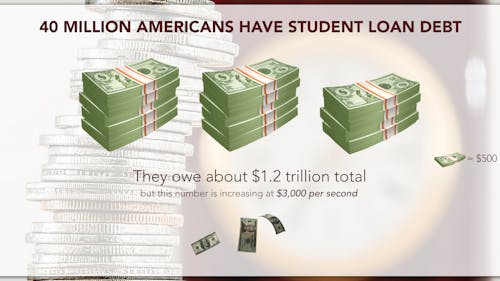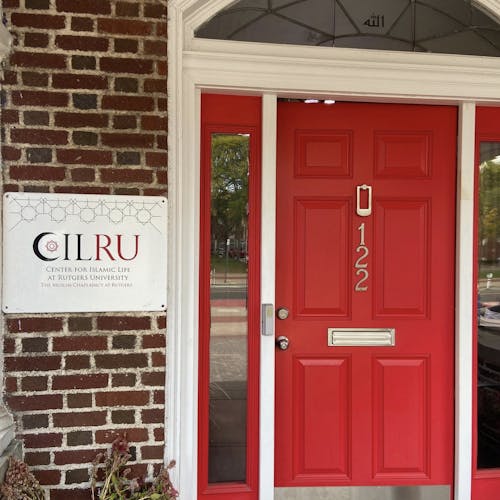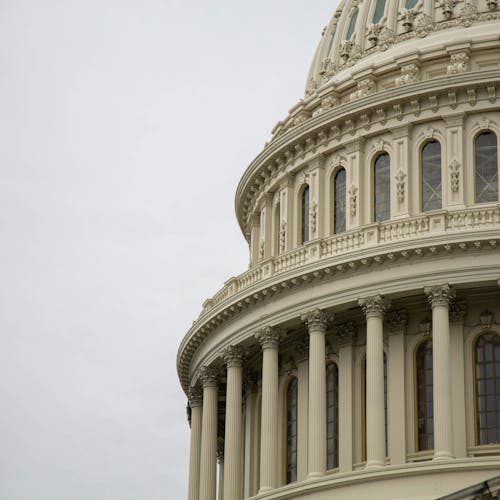How to ease student debt burden

Students collectively owe more than $1.2 trillion in debt, with that number increasing by $3,000 every second.
The Loan Forgiveness and Public Service Loan Forgiveness (PSLF) program could potentially prove costly for student borrowers participating in either program.
The loans necessary to enroll in the Income-Driven Repayment Plans are federal student loans such as direct subsidized loans, direct unsubsidized loans and several more. The Federal Student Aid office has a chart on their website dedicated to researching eligibility.
There are four income-driven repayment plan options that a borrower must apply for to qualify for the PSLF.
The four payment plans are Revised Pay As You Earn Repayment Plan (REPAYE Plan), Pay As You Earn Repayment Plan (PAYE Plan), Income-Based Repayment Plan (IBR Plan) and the Income-Contingent Repayment Plan (ICR Plan), according to Federal Student Aid office.
Depending on the plan one enrolls in, 10 or 20 percent of a borrower’s discretionary income will account for their monthly payment. There are varying stipulations depending on the payment plan acquired.
Income-driven repayment plans calculate monthly payments on a discretionary income. A discretionary income, as defined by Consumer Research Center of the Conference board and U.S. Bureau of the Census, is an income calculated after taxes, living expenses and checking the difference between a borrower’s income and 150 percent of the poverty guidelines for family size and state of residence.
The guidelines can be found on the U.S. Department of Health and Human Services site.
The Income-driven repayment plans can last from 20 to 25 years depending on the plan a borrower enrolls in.
Debt forgiven on a federal loan not in accordance with the PSLF can be considered taxable income unless explicitly stated otherwise.
According to the FAQ on the Federal Student Aid website, certain federal debt forgiven through the PSLF will not be considered taxable income.
Only direct loans are viable for the program, though loan consolidation can be considered Direct Consolidation Loans which are eligible for the program.
Debt from federal student loans can be forgiven for various reasons including closed school discharge, total and permanent disability discharge, death discharge and unpaid refund discharge, among others.
The PSLF program is designed to forgive any remaining balance on a Direct Loan after making 120 timely qualifying payments, or 10 years, while working full-time for government - federal, state, local or tribal -nonprofits, which are tax-exempt under Section 501(c)(3) of the Internal Revenue Code, or a not-for-profit organization that provides certain types of qualifying public services.
A borrower does not need to participate in the PSLF if they are looking to apply for the income-driven repayment plan, according to the Federal Student Aid website.
When a borrower’s income is high enough to raise their loan payment past what a traditional decade-long repayment plan would be, the PSLF would allow the borrower to pay the lesser of two amounts.
According to the New York Times, a debt forgiven of $41,000 could potentially be met with a tax bill of over $10,000 depending on the tax bracket of the borrower.
The interest rates of direct unsubsidized loans and direct subsidized loans for undergraduate students are at nearly 4 percent as of 2016. For graduates, the interest rate for those federal loans are at 5 to 6 percent as of 2016.
The reason why student loan debt rises even on income-driven repayment plans is because the monthly costs can potentially be low while still accruing interest, according to the Financial Student Aid website.
The first borrowers in participation with the PSLF will not be eligible for the program until the application is filed. The application is still under development and will be available to borrowers October 2017, according to the Federal Student Aid website.
Hernan Guarderas is a School of Arts and Sciences senior, majoring in journalism and media studies. He is a contributing writer for The Daily Targum. See more on Twitter @hguarderas93.



